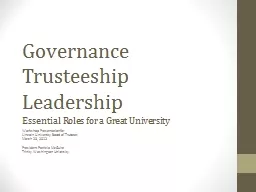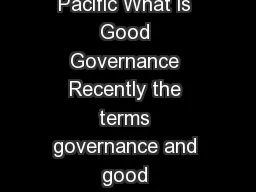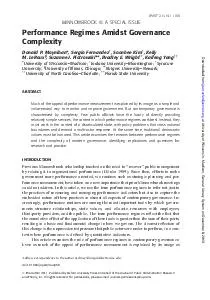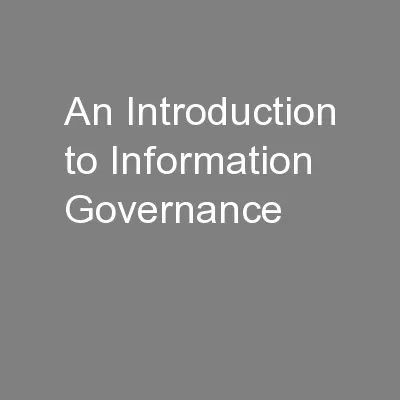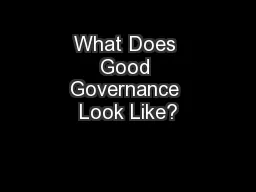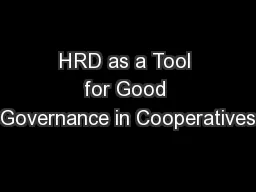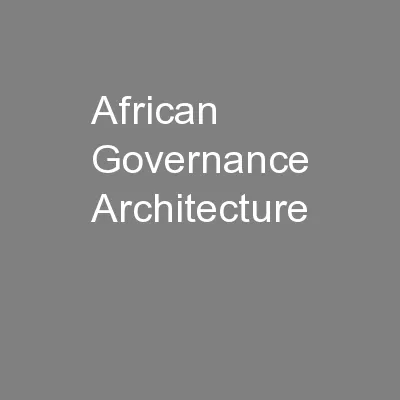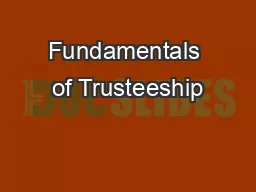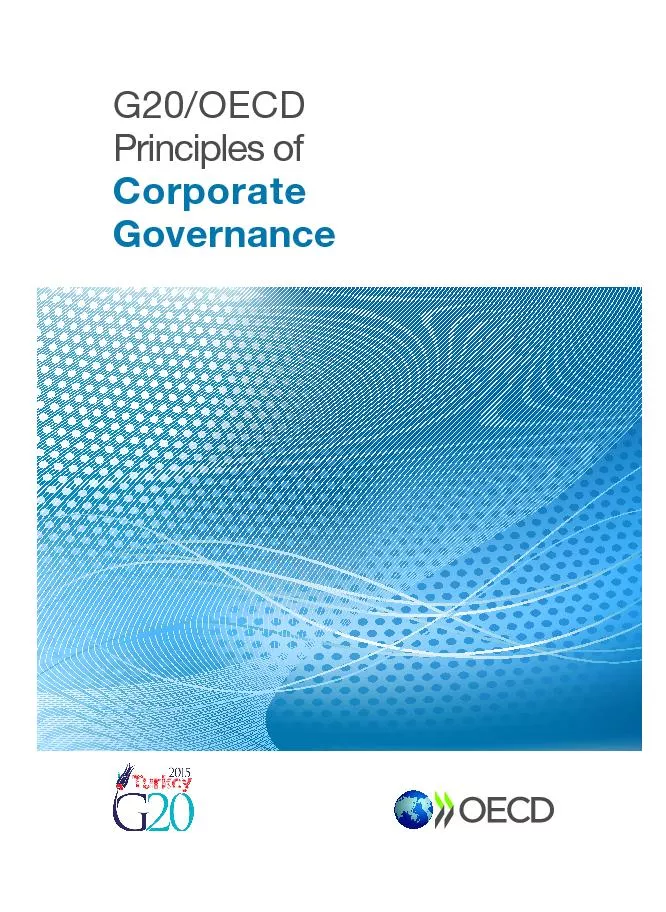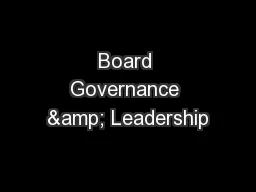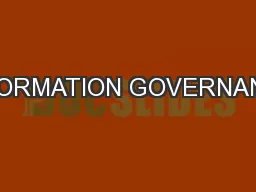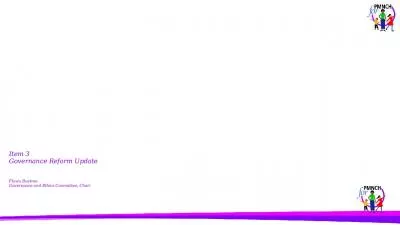PPT-Governance Trusteeship
Author : lindy-dunigan | Published Date : 2016-07-31
Leadership Essential Roles for a Great University Workshop Presentation for Lincoln University Board of Trustees March 23 2012 President Patricia McGuire Trinity
Presentation Embed Code
Download Presentation
Download Presentation The PPT/PDF document "Governance Trusteeship" is the property of its rightful owner. Permission is granted to download and print the materials on this website for personal, non-commercial use only, and to display it on your personal computer provided you do not modify the materials and that you retain all copyright notices contained in the materials. By downloading content from our website, you accept the terms of this agreement.
Governance Trusteeship: Transcript
Download Rules Of Document
"Governance Trusteeship"The content belongs to its owner. You may download and print it for personal use, without modification, and keep all copyright notices. By downloading, you agree to these terms.
Related Documents

